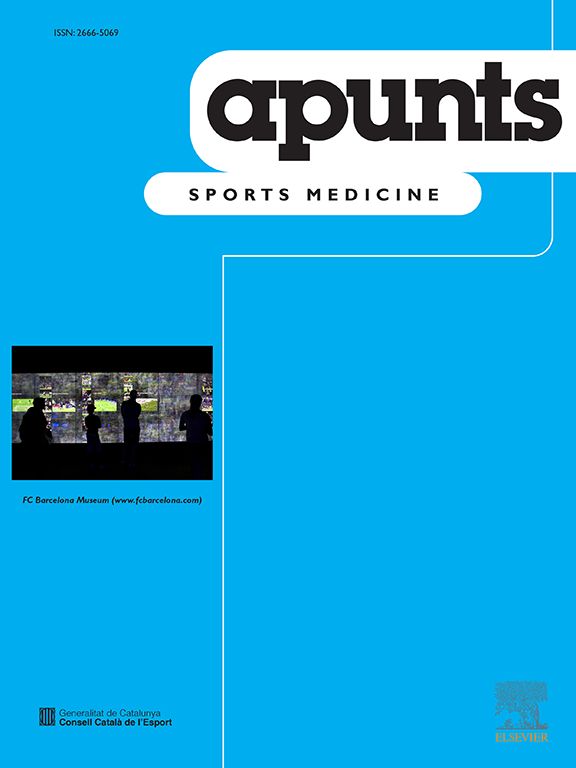Anterior cruciate ligament (ACL) injury is one of the most serious time-loss injuries in football. The purpose of the present study is to evaluate risk factors of ACL injuries in high-level football players during the preseason. Thirty-five high-level players were captured by a video movement analysis system and a two-force platform. Frontal plane knee angle and vertical force were measured during the landing phase of the drop jump. Intraclass correlation coefficient was determined to assess test-retest reliability, and α level of 0.05 was considered statistically significant. There were significant differences between the stronger and weaker leg in eccentric (32.4 Ns; 95% CI; 22.9-41.8 Ns; P < .05) and concentric impulse (14.4 Ns; 95% CI, 9,8-19,1 Ns; P < .05). Additionally, 31.4% of the subjects obtained a lower limb strength imbalance higher than 15%. Furthermore, 14.2% of the subjects obtained a frontal plane knee valgus angle higher than 20°. Findings of the present study are particularly significant as a functional deficit higher than 15% and an increased in valgus motion at the knee suggests an altered muscular control of the lower extremity. Furthermore, results confirmed that the test proposed in this study is reliable and sensitive to identify ACL injury intrinsic risk factors in high level male football players in order to introduce the necessary preventive measures.
The Impact Factor measures the average number of citations received in a particular year by papers published in the journal during the two preceding years.
© Clarivate Analytics, Journal Citation Reports 2025
SRJ is a prestige metric based on the idea that not all citations are the same. SJR uses a similar algorithm as the Google page rank; it provides a quantitative and qualitative measure of the journal's impact.
See moreSNIP measures contextual citation impact by wighting citations based on the total number of citations in a subject field.
See more




